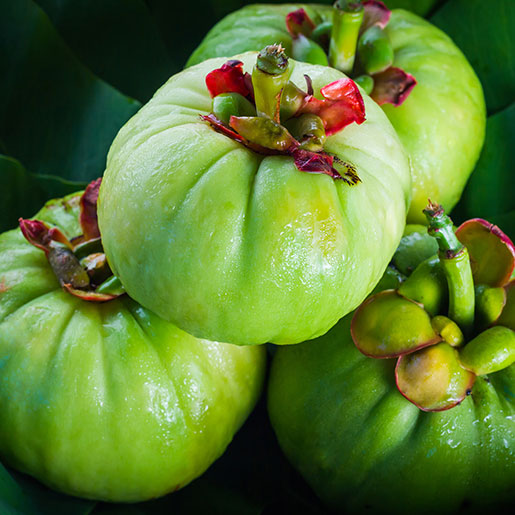Loka Forums
Type /register while in-game to register for a forums account.
You are using an out of date browser. It may not display this or other websites correctly.
You should upgrade or use an alternative browser.
You should upgrade or use an alternative browser.
Posting a different fruit every day until we obtain a Crypt head
- Thread starter Evil_X
- Start date
October 27th, Day 530
Fruit: White Sapote
Fruit Info: Today we have the Sapote. It's like a weird avocado looking fruit and is rock hard before it ripens. It is known for causing drowsieness, and the seeds are not able to be eaten straight out of the fruit. It has a soft texture, and is slightly bitter.
Fruit Tier: A

Fruit: White Sapote
Fruit Info: Today we have the Sapote. It's like a weird avocado looking fruit and is rock hard before it ripens. It is known for causing drowsieness, and the seeds are not able to be eaten straight out of the fruit. It has a soft texture, and is slightly bitter.
Fruit Tier: A

October 28th, Day 531: White Mango
Fruit Info: Mangifera caesiaus a neat little fruit with some of the worst English I’ve ever seen on a Wikipedia article. It is widely cultivated in areas of Indonesia, Malaysia, Papua New Guinea and more. Apparently in some circumstances it can cause skin irritation too though, so that’s neat.
Fruit Tier: A

Fruit Info: Mangifera caesiaus a neat little fruit with some of the worst English I’ve ever seen on a Wikipedia article. It is widely cultivated in areas of Indonesia, Malaysia, Papua New Guinea and more. Apparently in some circumstances it can cause skin irritation too though, so that’s neat.
Fruit Tier: A

We’ve officially reached November! If you listen closely you can hear the iconic sleigh bells of ungodly amounts of Christmas advertising about to be unleashed upon this poor world...
November 1st, Day 536: Mangifera laurina
Fruit Info: “Mangifera laurina is a species of flowering plant in the family Anacardiacea. It commonly known as mangga kopyor, mangga pari in Indonesian.” - The entire Wikipedia article.
Fruit Tier: F

November 1st, Day 536: Mangifera laurina
Fruit Info: “Mangifera laurina is a species of flowering plant in the family Anacardiacea. It commonly known as mangga kopyor, mangga pari in Indonesian.” - The entire Wikipedia article.
Fruit Tier: F

November 3rd, Day 538: Mangifera altissima
Fruit Info: Commonly known as the Pahutan, today’s fruit is native to the Philippines and surrounding areas. Like most mangoes it is very sweet, but this one is notably more fibrous than its counterparts. The ripe fruit is eaten as is usually, or sometimes with rock salt, and the unripe fruits are sometimes used in salads according to Wikipedia.
Fruit Tier: C

Fruit Info: Commonly known as the Pahutan, today’s fruit is native to the Philippines and surrounding areas. Like most mangoes it is very sweet, but this one is notably more fibrous than its counterparts. The ripe fruit is eaten as is usually, or sometimes with rock salt, and the unripe fruits are sometimes used in salads according to Wikipedia.
Fruit Tier: C

November 4th, Day 539
Fruit: Kadsura Coccinea
Fruit Info: Yes today we have the Kadsura Coccinea. It's a weird looking fruit with a hard outside that can be eaten raw or cooked. It's known for it's abundance of biological compounds and is a very cool little fruit. 10/10
Fruit Tier: A

Fruit: Kadsura Coccinea
Fruit Info: Yes today we have the Kadsura Coccinea. It's a weird looking fruit with a hard outside that can be eaten raw or cooked. It's known for it's abundance of biological compounds and is a very cool little fruit. 10/10
Fruit Tier: A

November 7th, Day 542: Mangifera zeylancia
Fruit Info: Today we have the Sri Lanka wild mango, who is, incredibly shockingly, native to Sri Lanka. The yellow pulp of the fruit has a pleasantly sweet taste and is slightly acidic when unripe. It is not cultivated commercially, but it could be if desired.
Fruit Tier: S

Fruit Info: Today we have the Sri Lanka wild mango, who is, incredibly shockingly, native to Sri Lanka. The yellow pulp of the fruit has a pleasantly sweet taste and is slightly acidic when unripe. It is not cultivated commercially, but it could be if desired.
Fruit Tier: S

November 9th, Day 544
Fruit: Garcinia Cambogia
Fruit Info: Yes today we have a weird little guy for sure. It is almost pumpkin-like in shape, and is green in color. The fruit itself can be used to make teas and is a popular weight loss supplement.
Fruit Tier: B

Fruit: Garcinia Cambogia
Fruit Info: Yes today we have a weird little guy for sure. It is almost pumpkin-like in shape, and is green in color. The fruit itself can be used to make teas and is a popular weight loss supplement.
Fruit Tier: B

Install the app
How to install the app on iOS
Follow along with the video below to see how to install our site as a web app on your home screen.
Note: This feature may not be available in some browsers.












